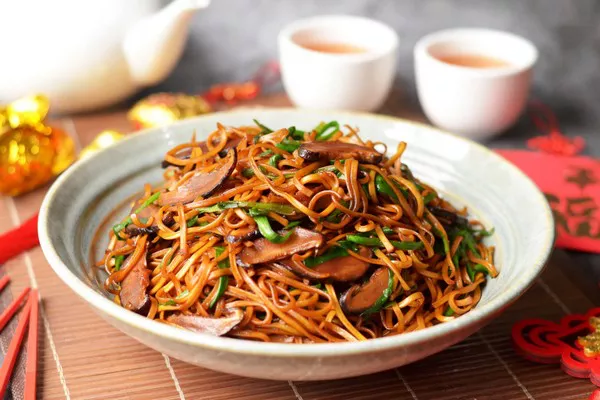Pasta, often sidelined due to concerns about its carbohydrate content, is making a comeback in the health-conscious community. Contrary to popular belief, Erin Morse, Chief Clinical Dietitian at UCLA Health Center, argues that pasta doesn’t deserve its reputation as a fattening food. Recent studies suggest that not only can pasta be part of a healthy diet, but it may also offer certain health benefits.
A 2018 Lancet study projected that individuals obtaining half their calories from carbohydrates, including pasta, could potentially live longer than those on low-carb or high-carb diets. Delving into the health benefits, it’s essential to understand that regular pasta is crafted from refined flour, yet it originates from durum wheat, known for its higher protein content compared to other varieties.
Dolores Woods, a registered dietitian at UTHealth Houston School of Public Health, notes that many pastas on the market are enriched with iron and B vitamins. A cup of cooked pasta provides 8 grams of protein, 2.5 grams of fiber, and essential nutrients, including 26% of the daily value for folate and 10% for iron, all within a modest 220 calories.
One significant differentiator of pasta from other refined carbs is its starches and protein, which are tightly bound in durum wheat. This unique composition extends the digestion time, making individuals feel fuller compared to consuming white rice or bread. Mengxi Du, a postdoctoral researcher at the Harvard T.H. Chan School of Public Health, highlights that pasta has a lower glycemic index (GI), contributing to steadier blood sugar levels with potential benefits for weight and overall health.
Research supports these claims. A 2016 study published in Nutrition & Diabetes revealed that incorporating pasta into a Mediterranean diet was associated with lower body mass indexes and smaller waistlines. Additionally, a 2021 BMJ Nutrition, Prevention & Health study indicated that women aged 50 to 79 who consumed pasta regularly were less likely to experience a stroke or develop heart disease.
While the BMJ study received partial funding from the pasta industry, suggesting the need for further research, Morse asserts that pasta can be a healthy dietary choice, especially when compared to alternatives like fried potatoes and white bread. Pasta often pairs well with nutritious foods like olive oil and vegetables.
To maximize the health benefits of pasta, experts offer the following tips:
Measure Portions: A serving of pasta is 2 ounces dry or about 1 cup cooked. Precision in measuring is crucial for maintaining portion control.
Avoid Overcooking: Opt for al dente pasta, where the protein and starch bonds remain intact, resulting in a lower GI and prolonged satisfaction. Cooking times may vary, so refer to package instructions.
Incorporate Veggies: Enhance the nutritional content by adding vegetables to your pasta. Steamed carrots, broccoli, bell peppers, leafy greens, or squash noodles can be excellent choices.
Include Protein: Boost the satiety factor by incorporating lean meat, poultry, fish, beans, or tofu into your pasta dishes.
Choose Low-Sodium Sauces: Opt for sauces with lower sodium content to complement the nutritional profile of your pasta dish.
As pasta’s positive attributes gain recognition, it becomes evident that when part of a well-balanced diet, pasta can contribute to a healthier lifestyle. Consumer Reports emphasizes the importance of making informed dietary choices and acknowledges the benefits of pasta within the context of a nutritious meal plan.

